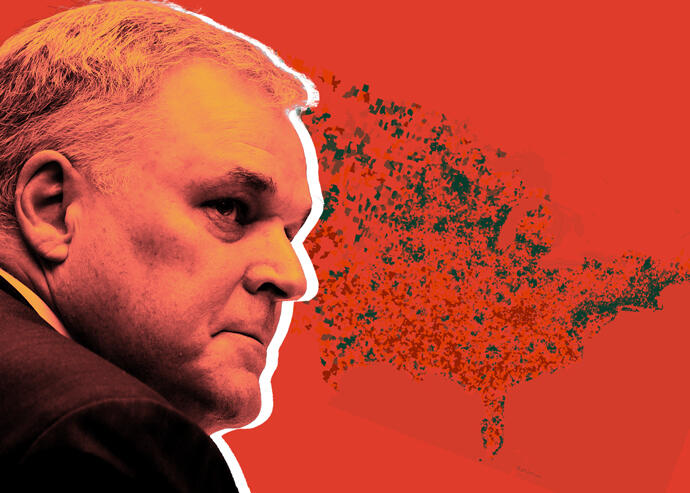
IRS commissioner Charles Rettig (Getty)
Developers who had hoped for potential expansion of Opportunity Zones won’t be getting their way.
The Internal Revenue Services announced last week that the boundaries of about 8,700 Opportunity Zones “were established at the time they were designated and are not subject to change,” Bloomberg News reported.
Developers and investors had lobbied the federal government to expand the areas where Opportunity Zone investments — and thus, tax breaks — could be claimed after Census Bureau maps were revised, the publication reported.
Opportunity Zones were created under the Trump administration’s Tax Cuts and Jobs Act of 2017. The initiative was meant to spur investments into long-neglected, so-called “distressed” areas by allowing investors to defer capital gains tax payments until 2026 if they invest the money into those areas. If an investor keeps the property for 10 years before selling, they can avoid paying capital gains taxes altogether.
Projects that could have benefitted if new boundaries had been implemented include a $1 billion Pittsburgh development project involving the city’s NHL team, and a logistics park outside of Baltimore where Amazon and Under Armour have facilities, according to the outlet.
Opportunity Zone critics have said that many of the investments went to real estate development projects that would have attracted funding even without the zone designation.
Brett Theodos, a senior fellow at the Urban Institute, told the outlet that the IRS is “playing it safe.” He added that President Joe Biden’s administration “is embracing status quo” rather than implementing reforms that critics have called for.
The Urban Institute released a study in 2020 that suggested that Opportunity Zones have largely failed to promote investment in local small businesses, create new jobs or boost the development of affordable housing in low-income neighborhoods across the United States.
[Bloomberg News] — Akiko Matsuda


